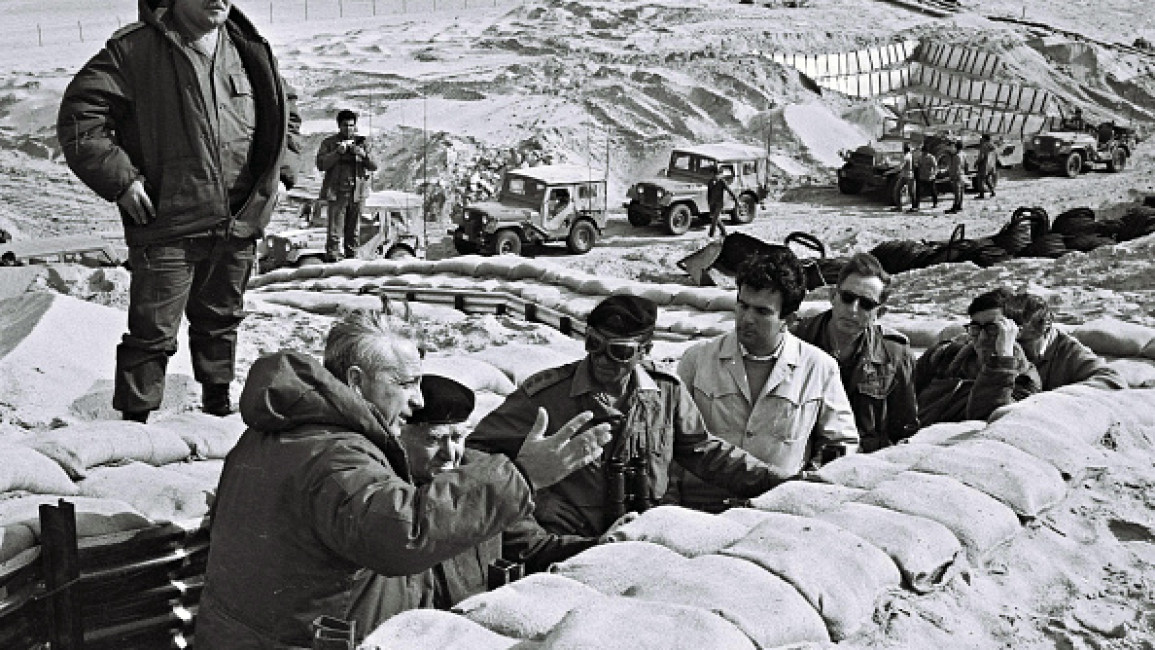A Journey Through Time: From the Suez Canal to the Speculative Ben Gurion Canal
Let’s embark on a voyage through history, geopolitics, and ambition, starting with Egypt’s Suez Canal and ending with the tantalising, yet unbuilt, Ben Gurion Canal. This is a story of trade, power, and strategic maneuvering, with Gaza and global players like the United States at its heart.
Beyond the Suez: The Untold ‘What If’ of the Ben Gurion Canal.......
The dream of linking the Mediterranean to the Red Sea is ancient. Pharaohs like Senusret III (19th century BCE) dug canals connecting the Nile to the Red Sea. But the modern Suez Canal , a 120-mile marvel – was completed in 1869 under French diplomat Ferdinand de Lesseps and the Suez Canal Company. Built through a decade of gruelling labour, it transformed global trade by bypassing the treacherous Cape of Good Hope.
This piece explores history, geography, and “what if” scenarios surrounding the Ben Gurion Canal. It is purely speculative and does not advocate or suggest any military or political action. Any references to conflicts, territories, or infrastructure are meant to help us understand strategic thinking, not to propose solutions or endorse events.

For 86 years, the canal was controlled by the Suez Canal Company, closely tied to Britain and France. Control of the canal reflected broader imperialist ambitions, shaping Middle Eastern geopolitics and global trade. In 1956, Egyptian President Gamal Abdel Nasser nationalised the canal. Britain, France, and Israel struck back militarily, but international pressure, particularly from the United States and the Soviet Union, forced them to withdraw. Egypt retained control, and today the Suez Canal Authority manages the waterway, generating nearly $10 billion annually for the Egyptian economy.
Modern Shocks: The Ever Given and the Red Sea Crisis
The Suez remains vital, and fragile. On March 23, 2021, the Ever Given ran aground diagonally across the canal during a sandstorm. Over 400 ships were stranded, halting billions of dollars in trade daily for six days and creating ripples across global supply chains.
In late 2023, fragility struck again. After Hamas’s October 7 attack on Israel, Houthi attacks escalated in the Red Sea. By early 2024, container ship transits through the Suez had dropped by 66% as carriers diverted around Africa. The events underscored the ongoing vulnerability of one of the world’s most important maritime arteries.
The Ben Gurion Canal: Israel’s “What If”
The Suez’s vulnerability explains the allure of an alternative. Enter the Ben Gurion Canal, named after Israel’s founding father, David Ben-Gurion. First proposed in the 1960s and 70s, particularly during the Suez’s closure after the Six-Day and Yom Kippur wars, the plan envisioned a canal across Israel’s Negev Desert, linking the Mediterranean (near Gaza or Ashkelon) to the Gulf of Aqaba.

Geopolitically, the canal promised Israel a rival to the Suez, offering leverage over maritime trade routes. Economically, it could attract shipping revenue and reshape regional trade flows. Yet the obstacles are immense: technical, environmental, and financial hurdles, combined with the political complexities of the Middle East, have kept it firmly in the realm of “what if.”
Gaza: A Strategic Knot
Gaza is central to this equation. Its coastline lies near the canal’s most logical Mediterranean entry point. Israel’s control of Gaza’s waters and airspace may offer leverage, but Hamas’s governance makes the strip one of the region’s most volatile areas. Any canal, or associated infrastructure like pipelines, would depend on stability or control over this narrow, contested strip.

Saudi Arabia and Regional Ripples
Saudi Arabia, while not directly involved, would feel the effects of a new corridor. Much of its oil passes through the Suez, and an alternative canal could provide redundancy. Saudi ports, such as Jeddah, could see increased traffic, but a canal that undermines Egypt’s strategic asset would also risk diplomatic friction. Quiet cooperation with Israel might be possible, but public endorsement seems unlikely.
Speculative Futures: Canals, Pipelines, and the Geography of Ambition
It’s worth asking a question purely as a thought experiment: what if Israel were ever able to construct an alternative corridor linking the Mediterranean to the Red Sea? Beyond shipping, the corridor could carry pipelines, creating a dual route for trade and energy. Israel already has experience with the Red Sea ......Mediterranean oil pipeline, built in the 1960s from Eilat to Ashkelon, demonstrating that such projects are not purely theoretical.
Gaza’s position would be pivotal. Stability....or control .....over the strip would be essential for any canal or pipeline route. Even imagining such a project, geography, politics, and security are inseparable.
A canal-plus-pipeline corridor could, in theory, allow goods and energy to move between Europe, Africa, and Asia without passing through Egypt, giving Israel strategic and economic leverage. Yet the hurdles, technical, environmental, financial, and political, would be enormous. Regional backlash and the complexities of diplomacy would make the project extraordinarily difficult.
Still, the Ben Gurion Canal exists in the strategic imagination. Even unbuilt, its “what if” could influence regional thinking, risk assessment, and long-term planning.
A Tale of Two Canals
The Suez Canal exists because it was dug in the hard soil of necessity. The Ben Gurion Canal remains a mirage - an idea born of ambition, imagination, and geopolitical calculation. Its potential benefits are clear, but so are its staggering costs and explosive political risks.
And Gaza looms large in this “what if.” Its narrow coastline could be both the key and the constraint, a reminder that in the Middle East, even unbuilt infrastructure has real power in the minds of nations.
Disclaimer:
This article is a historical and geopolitical analysis exploring hypothetical scenarios related to the Ben Gurion Canal. It does not advocate or endorse any military action or political intervention. References to conflicts, territories, or infrastructure are intended solely for analytical or illustrative purposes.
BLOG COMMENTS POWERED BY DISQUS



















































